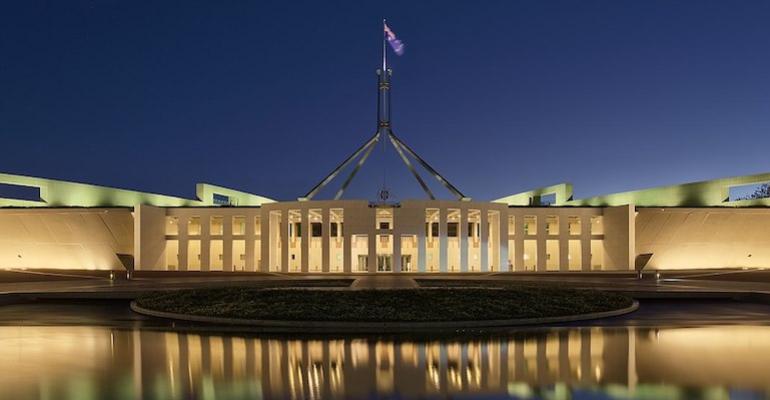Following a report by a taskforce established last year the government of PM Anthony Alban is committed to delivering a fleet of 12 ships, of various types, crewed with Australian seafarers that can be relied on in times of national crisis to meet Australian demand.
The Strategic Fleet is required to respond to disruption events such as pandemics, support sovereign manufacturing industries and to support the Defence Forces.
Federal Minister for Infrastructure, Transport, Regional Development and Local Government Catherine King said: “The creation of a strategic fleet will build Australia’s resilience and protect our national security and economic sovereignty by enabling the movement of cargo in a time of crisis.”
According to the Maritime Taskforce report Australia faces a shortage of maritime skills that includes deck officers, engineers and ratings, “with demand already outstripping supply”.
Action is needed for the Australian maritime workforce to meet today’s needs and further action will be necessary to meet the needs of a strategic fleet.
Challenges to be overcome in developing an Australian maritime workforce include the costs of training, a limited number of vessels and vessel types in the trading fleet, and difficulties faced by organisations in retaining trained staff.
To meet the crewing challenges the Taskforce recommended “a suite of complementary measures” to that will aid the development of Australian crew.
The Taskforce also identified a cost gap between the Strategic Fleet and foreign operated vessels which it said should be addressed through tax incentives and financial assistance to owners and operators.
In addition, the composition of the fleet should meet the three main objectives of mitigating disruption, supporting industry and the military, and so a mixture of vessel types is required, including geared container ships, MPV’s, roro’s dry and liquid bulkers and break-bulk vessels.
To pay for Australia’s vessels the Taskforce said a levy should be charged on vessel arrivals based on the tonnage of the ships. Following the application of a levy the Taskforce said a review of the Coastal Trading Act would be necessary, including a revision of the compliance issues for wages paid to crew on foreign vessels engaged in the coastal trade.
Meanwhile, the shipowner’s organisation Shipping Australia Limited (SAL) has reacted negatively to the government proposals listing four previous efforts to develop a strategic fleet that have failed to stand the test of time.
According to SAL the fundamental premise underpinning the Strategic Fleet are “Utterly flawed”.
SAL said it will not achieve economic sovereignty, nor will it add any meaningful level of capacity, it will not cut costs and therefore it will not be an economic success. Neither will the proposals increase domestic seafarer skills and it will not add resilience to supply chains or domestic logistics.
“History shows that such ventures waste public money,” said a SAL statement.
SAL argues that this is poor policy making and that the proposals should be scrapped.
“At best the Strategic Fleet will add next-to-no extra capacity while being a costly waste of resources. At worst, it will increase costs during a cost-of-living crisis,” concluded SAL.
Copyright © 2024. All rights reserved. Seatrade, a trading name of Informa Markets (UK) Limited.
Add Seatrade Maritime News to your Google News feed.  |

